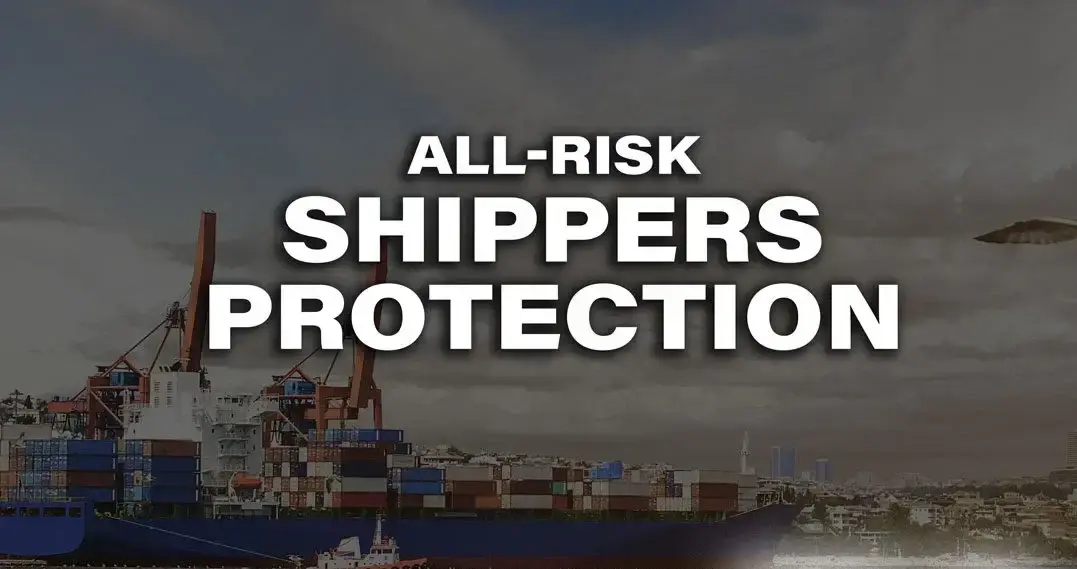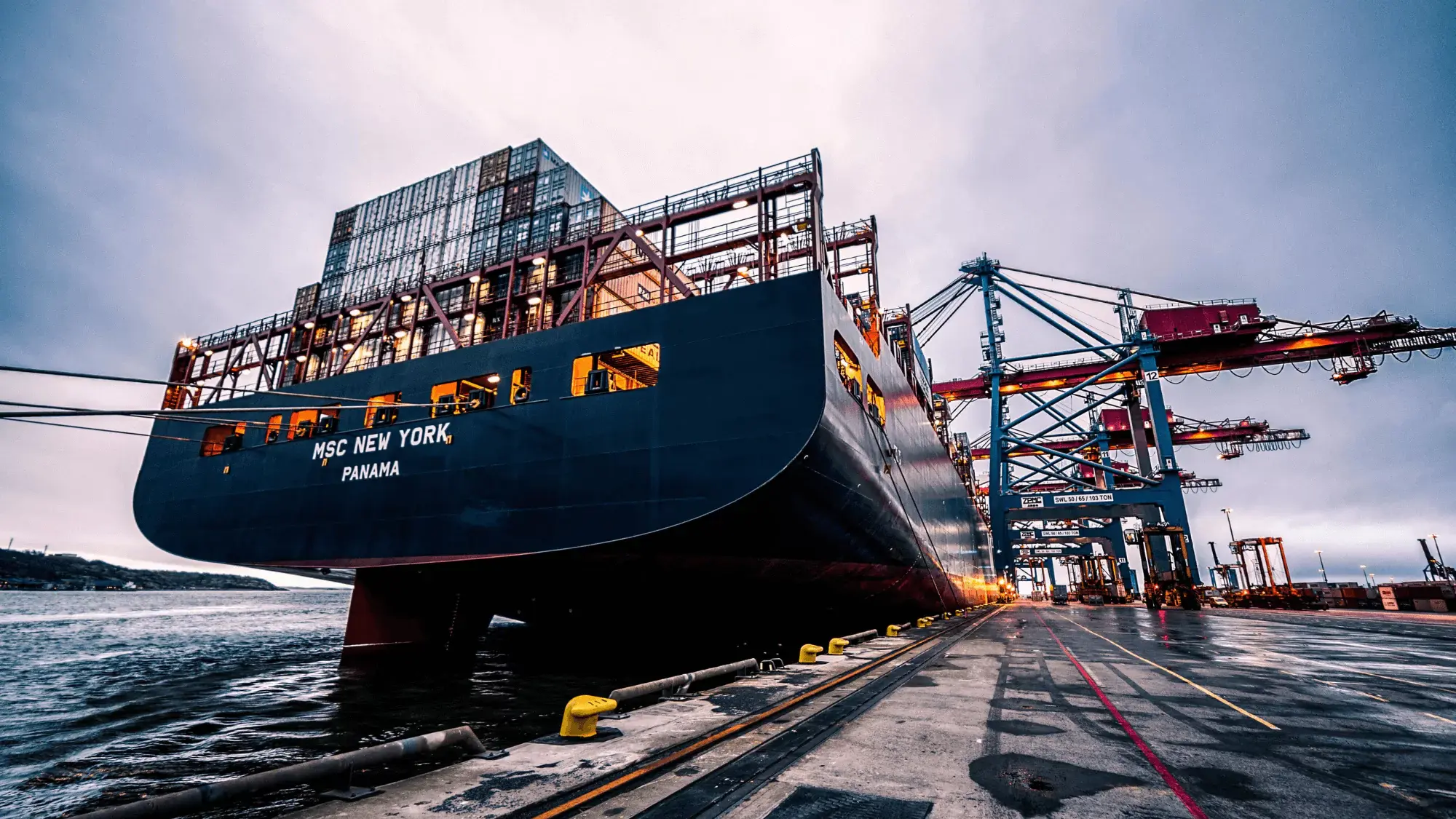
Logistics can change fast. Your freight might move smoothly today, but tomorrow, you could face a delay from weather, border issues, or traffic. Any of these can disrupt your shipping schedule. In logistics, unpredictable challenges are normal and should be expected.
Many companies treat “risk management” and “risk mitigation” as the same thing, but they're not. Risk management and risk mitigation each have a specific purpose, whether it's freight forwarding, moving big cargo, or cold chain. Knowing how they're different helps you better protect your shipments and keep your supply chain strong.
Risk Management: Your Blueprint
Think of risk management as the big, overall plan. It's figuring out, evaluating, and dealing with all the possible risks that could hit your logistics or freight operations. It's not just one thing you do; it's an entire blueprint of strategies you set up before you even send out your first shipment.
This process has three main steps:
-
Identification: Make a simple list of every risk you can think of—like cargo theft, broken equipment, storms, or port closures. Big or small, all risks matter. Listing them helps you spot problems early and plan.
-
Assessment: Once you have your list of risks, take a closer look at each one. Ask yourself two questions for each risk: How likely will it happen? And if it does, how much trouble could it cause? For example, a winter storm is usually not a big risk for California shipments, but it is a much bigger concern for freight going through the Midwest at that time of year.
-
Response Planning: After you assess each risk, you decide how to handle it. You might avoid a risk by choosing a different route, transferring it with insurance or a 3PL, or accepting minor risks if the fix isn't worth the cost. Most importantly, you outline the specific mitigation steps you'll take—our next focus.
Risk Mitigation: Taking Action
Risk management is your big-picture plan. Risk mitigation is the simple steps you take to cut down risk when it shows up.
Let's look at some important examples of risk mitigation in action:
-
Have Multiple Options: Relying on just one company can be risky. If they experience a breakdown, a strike, or a driver shortage, your entire operation could grind to a halt. By working with several carriers, you're making sure you have other options if one has a problem.
-
Use Real-Time Tracking: Tools like GPS and IoT sensors let you see where your shipments are in real time. While they can't stop a delay from happening, they help you react quickly and keep things running smoothly. Using these tools is now essential for a strong supply chain.
-
Create Backup Plans: This involves having a backup route or an additional warehouse location ready to go in case the first one becomes unavailable. It's about having a "Plan B" before you need it.
-
Better Packaging and Handling: One of the easiest ways to prevent costly freight damage is to simply improve how you package and handle cargo.
-
Increase Inventory Buffers: Keep some extra inventory on hand. If a supplier can't deliver, your shipments will still go out on time. This is especially helpful when the market is tight or the uncertain economy.
How Risk Management and Mitigation Work Together
Risk management points out possible problems. Risk mitigation shows you what to do about them. Both are needed to keep your shipments moving smoothly.
For example, risk management may flag the risk of a port strike in Houston. Risk mitigation then spells out your next moves—like rerouting to another port or using air freight for high-priority shipments.
Taking these steps not only avoids chaos but also protects your profits. Disruptions are costly—lost sales, unhappy customers, and harm to your reputation add up fast. In 2021, nearly 70% of organizations had at least one supply chain disruption. With the right plan, you can keep those losses to a minimum. This is how you build supply chain resilience.
Planning Ahead
A proactive freight strategy means planning ahead so you're ready for problems before they happen, not just reacting after the fact. This approach builds a stronger, more reliable supply chain. By staying prepared and using the right tools, you can handle challenges as they come. Since shipping can get complicated, working with a skilled logistics partner is the simplest way to keep your freight on track and your business protected.
That's where Customodal comes in. We don't just move freight—we help you spot risks, understand what they mean, and take action. Whether it's finding more carrier options or using real-time tracking, we make sure your shipments keep moving.
Working with Customodal makes your supply chain safer and runs more smoothly.





